You could reverse engineer the circuit with a multimeter and also by holding the circuit board at various angles to see the traces under the white masking...
Or...
You can do it the easy way and just click on this link for the datasheet:
****EDIT: Sorry. I thought that link would take you right to the part. Try this revised link. It may work.
http://www.datasheetspdf.com/pdf/774462/ETC/AMC7136/1
If not, use the following homepage link and then search for AMC7136. Scroll down a little until you see your part number and then click the PDF symbol to the right of it. Don't click on the big blue words at the top that say "Download Datasheet". That will point you towards a part that they are advertising.
http://www.datasheetspdf.com/
The second schematic on the datasheet resembles what you have. I would start with that one. The datasheet also explains the operation of the device and circuit.
Here’s a tip for new techs: If you’re ever working on something, have no schematic for it and believe the problem involves an IC or the circuit around it, check the datasheet. The example schematics are provided as a starting point for engineers. Unless modifications need to be made, more often than not, the circuit in the datasheet will be very close, and sometimes exact, to the device you are working on. A lot of engineers will just copy the circuit and use it in their product. Why reinvent the wheel, right?
Good luck!

